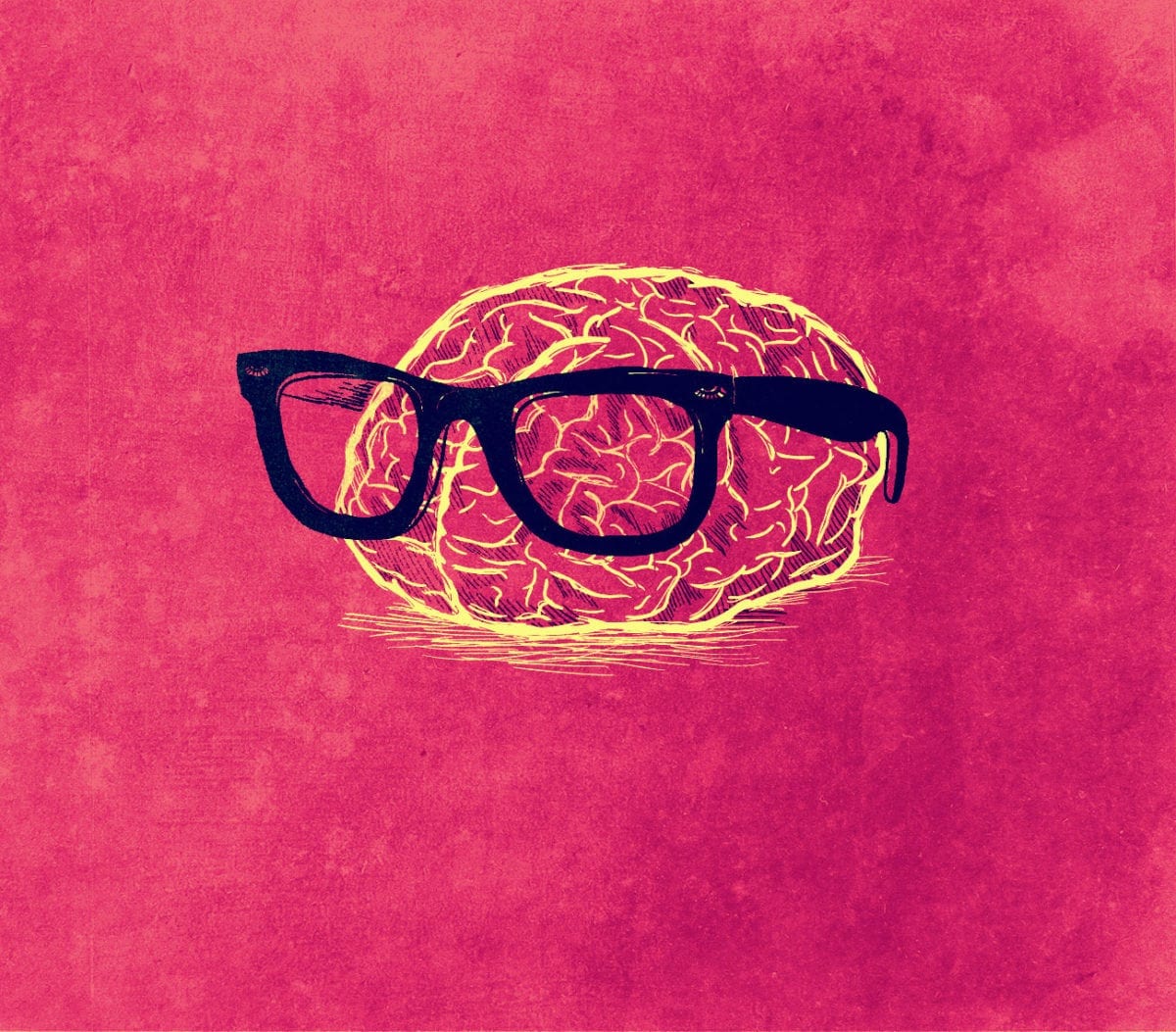Isn’t it truly magical, when you get that sudden spurt of motivation and you almost feel like you could defeat the world in that moment? That’s pretty much your brain coming back to it’s senses – a phenomenon which many psychologists have spent years on studying, and which now comes under the theories of motivation, and more specifically, it’s process theories.
So what are Process Theories of Motivation? These theories aim to study how exactly does motivation occur in an individual.
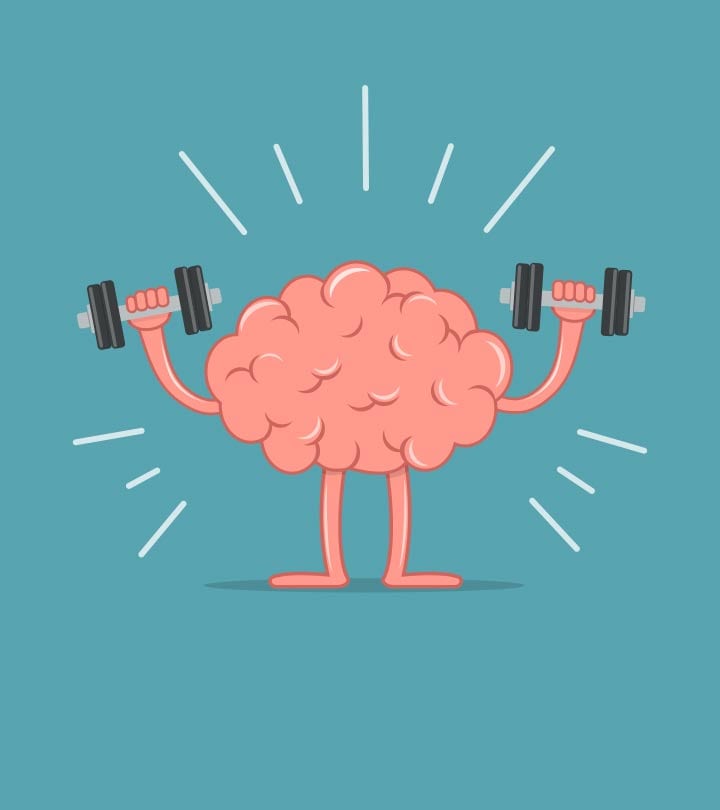
Despite the popular belief of every student, motivation doesn’t just magically appear at three in the morning and disappear by first light. Its actually much more simple and yet complicated at the same time. For years, psychologist and theorists have struggled trying to point out the what and the how of motivation, and now finally, we have our answers.
We have complied together a detailed discussion on the four most basic of the Process Theories of Motivation, under the very intriguing topic of Motivation in Psychology. The theories include:
- B.F. Skinner’s Reinforcement Theory or Operant Conditioning.
- Adam’s Equity Process Theory of Motivation.
- Vroom’s Expectancy Process Theory of Motivation.
- The Carrot and Stick Approach in Motivation.
Table of Contents
1) Skinner’s Reinforcement Process Theory of Motivation:
Many of us may remember this theory in Behaviorism, however, it also plays a huge role in the Process Motivation Theory. The psychologist, Skinner, in his study found that motivation occurs in an individual through two elements: Reinforcement and Punishment.
In the simplest of terms, Reinforcement was the desirable element provided to an individual in the case of performance, while Punishment was the undesirable element provided to an individual in the case of non-performance. Both these elements have their own further sub-types: Positive and Negative Reinforcement, and Positive and Negative Punishment.
Positive Reinforcement is when the individual is rewarded with something desirable when a task is achieved, while Negative Reinforcement is when something undesirable is eradicated from the individual in the case of performance.
Examples:
| Positive Reinforcement | Negative Reinforcement |
| A child being awarded with a slice of cake after he completes his homework. | A youngster being exempted from washing the dishes after getting a good score on a test. |
At the same time, Positive Punishment is when something undesirable is given to an individual if they fail to complete a task, while Negative Punishment is when something desirable is taken away from the individual at the case of non-performance.
Examples:
| Positive Punishment | Negative Punishment |
| A child made to shovel snow if he fails to do his homework. | A child being grounded after he fails to do his homework. |
In essence, we can understand how a person will be motivated to achieve a goal if he expects reward in the end (in case of Reinforcement), or if he fears a punishment in the case of non-performance. Thus, the person experiences motivation and achieves the desired goal.

2) Adam’s Equity Process Theory of Motivation:
This process theory of motivation in Psychology, focuses on the exchange relationships of effort and reward. As we have previously discussed, reward is one of the key elements for a person’s motivation, however, there too is a catch. Adam talks of three kinds of exchange relationships, where in the equal one, the strongest motivation can be observed.
a) Overpaid Inequity:
In this type of exchange relationship, the person’s effort into the performance (input) is less than the reward after completion i.e. salary (output). This can seriously effect the moral values of the individual, and in turn, lessen their motivation.
b) Underpaid Inequity:
In this second type, an individual’s effort (input) is more than the reward after completion (output). Since reward is a great motivating force, it can seriously hinder a person’s motivation if they feel that their reward is not worth their effort. In popular belief, this type is the most demotivating.
c) Equity:
In this final type, the person’s effort (input) is equal to the reward after completion (output). Here, motivation can be observed acting at it’s finest as there is no factor remaining to hinder it.
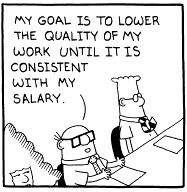
3) Vroom’s Expectancy Process Theory of Motivation:
Vroom’s study in the process motivation theories, highlight conscious choices, i.e. an individual selects a course of action over a different one, with the expectation that this choice will grant him a desired result. Vroom talks of three factors or elements which help us make the said conscious choice:
a) Expectancy.
b) Instrumentality.
c) Valance.
Expectancy is the belief of a person that better effort will grant him a better performance at the task. Vroom lists 3 factors that affect this element:
- The individual having the right material to perform the task.
- The individual possessing the right skills to perform the task.
- The individual being granted the right supervision for support in the performance of the task.
Instrumentality is the belief of a person that they will be rewarded after performance. This element is affected by factors which include:
- A clear and easy understanding between the job and the reward.
- The proper means or rules to attaining the reward.
- Transparency of the whole process.
Valance is the last element. It is the personal importance an individual places on the reward. A higher importance will lead to a higher motivation to perform the task efficiently.

4) The Carrot and Stick Approach:
This theory in the process theories of motivation, was presented well back during the Industrial Revolution. It states to reward the individual in case of performance and give punishments in case of non-performance.
It basically took the example of a donkey; in front of it, you give it a carrot if it moves forward, and if it fails to do so (non-performance), you hit it with a small stick so that it would move forward again. In essence, we can say that the person is motivated due to the reward, and if they fail to perform, the punishment has them reverting back to the alternative choice and thus, performance is observed.
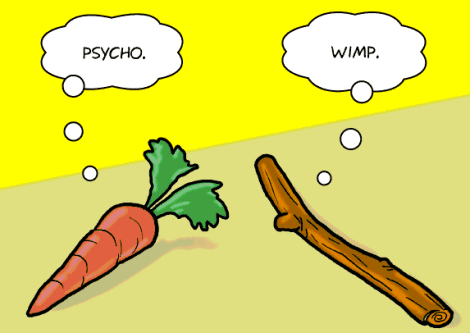
Now that we know the reality of how motivation works; free from any and all magic, we can probably manipulate our our own brain into more of those “magical” moments.
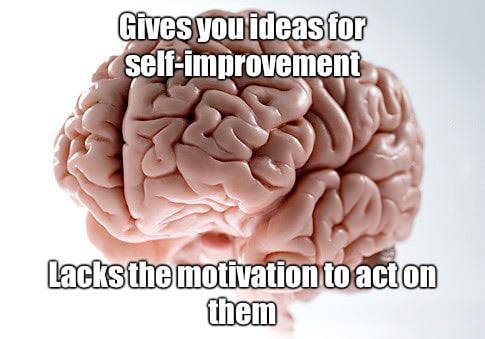
motivation process theories of motivation process theory Psychology Theories of Motivation
Last modified: July 8, 2025

